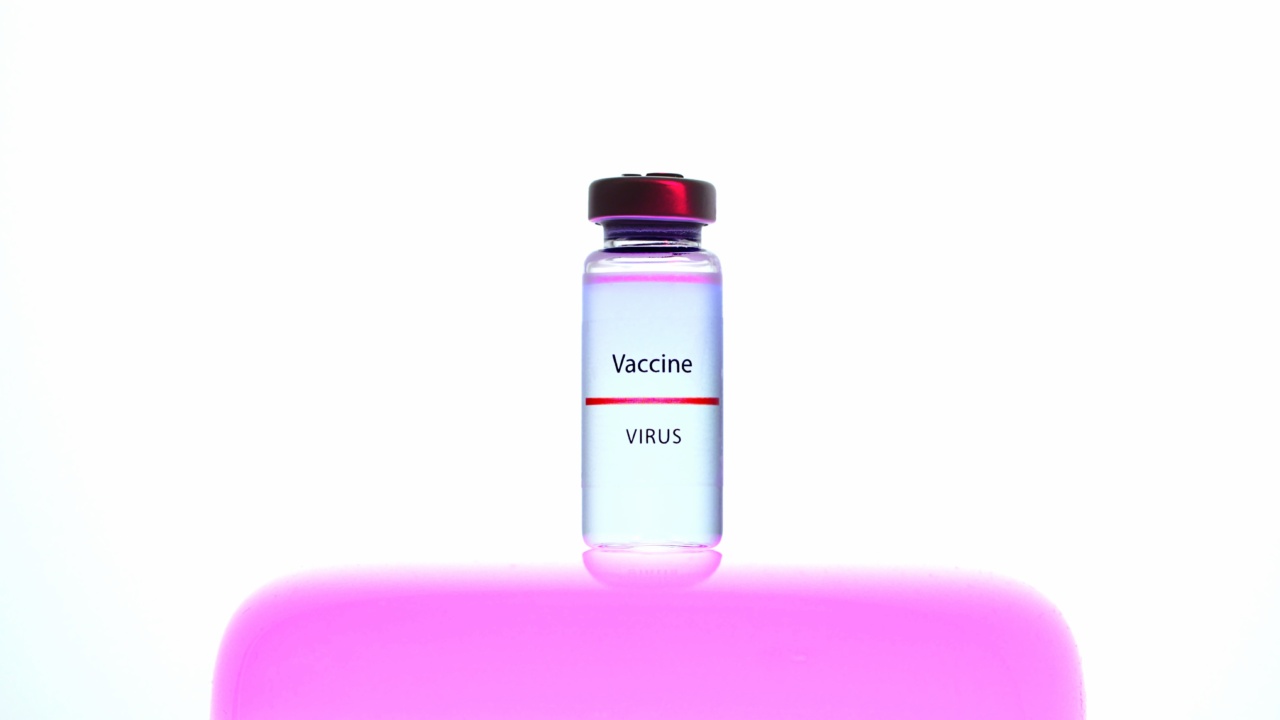Antibiotic resistance is a growing concern worldwide. The overuse and misuse of antimicrobial drugs have rendered them less effective in treating infections.
This has resulted in longer hospital stays, higher healthcare costs and increased mortality rates. However, a recent study has found a new way of tackling antibiotic resistance.
Understanding antibiotic resistance
Antibiotic resistance occurs when bacteria evolve and develop resistance to antimicrobial drugs. This can happen in several ways. Some bacteria naturally produce enzymes that break down antibiotics.
Other bacteria can alter their cell walls, making it more difficult for drugs to penetrate and kill them. Some strains can even pump out drugs before they can do any harm.
Antibiotic resistance is not a new phenomenon. Alexander Fleming discovered penicillin in 1928, and within a few years, strains of bacteria were found to be resistant to it.
Since then, numerous antibiotics have been developed to combat bacterial infections, but resistance to these drugs is also on the rise.
Why finding a solution is critical
Without effective antibiotics, many routine medical procedures could become life-threatening. Even a simple cut or scrape could lead to a serious infection that cannot be treated.
Antibiotic resistance could also lead to the spread of infectious diseases that were previously under control, such as tuberculosis.
Antibiotic resistance is a significant healthcare challenge, causing an estimated 700,000 deaths globally each year. If no action is taken to address this issue, it is predicted to become the leading cause of death worldwide by 2050.
The new discovery
In a recent study published in the journal Nature, scientists have discovered a new way of tackling antibiotic resistance.
They have identified certain compounds that can weaken the defenses of antibiotic-resistant bacteria, making them more susceptible to drugs.
The compounds are called acyldepsipeptides (ADEPs), and they work by targeting a protein called ClpP. This protein plays a crucial role in protecting bacteria from antibiotics. By inhibiting ClpP, the ADEPs make the bacteria vulnerable to drugs.
The researchers found that by pairing ADEPs with existing antibiotics, they could effectively kill antibiotic-resistant bacteria.
They tested the combination on mice infected with a strain of MRSA (methicillin-resistant Staphylococcus aureus) and found that the treatment was successful in clearing the infection.
What this means for healthcare
The discovery of ADEPs has significant implications for healthcare. It could potentially lead to the development of new drugs that can tackle antibiotic resistance.
By targeting ClpP, it may be possible to create drugs that are effective against a broad range of antibiotic-resistant bacteria.
The use of ADEPs could also help to prolong the lifespan of existing antibiotics. By weakening the defenses of bacteria, they could make it easier for drugs to do their job.
This means that lower doses of antibiotics could be used, reducing the risk of resistance developing.
The researchers are also exploring the possibility of using ADEPs in combination with other compounds. This could lead to the development of new, more effective treatments for bacterial infections.
The importance of responsible antibiotic use
While the discovery of ADEPs is promising news, it is important to remember that responsible antibiotic use is still crucial in preventing the spread of resistant bacteria.
This includes only using antibiotics when they are necessary, completing the full course of prescribed antibiotics and avoiding sharing antibiotics with others.
Healthcare professionals also have a vital role to play in the fight against antibiotic resistance.
They can help to reduce unnecessary antibiotic use by prescribing antibiotics only when they are needed, and by using narrow-spectrum antibiotics when possible.
Conclusion
The discovery of ADEPs offers hope in the battle against antibiotic resistance. By targeting a protein that plays a crucial role in protecting bacteria from drugs, it may be possible to develop new treatments for a range of bacterial infections.
However, responsible antibiotic use is still crucial in preventing the spread of resistant bacteria.






























